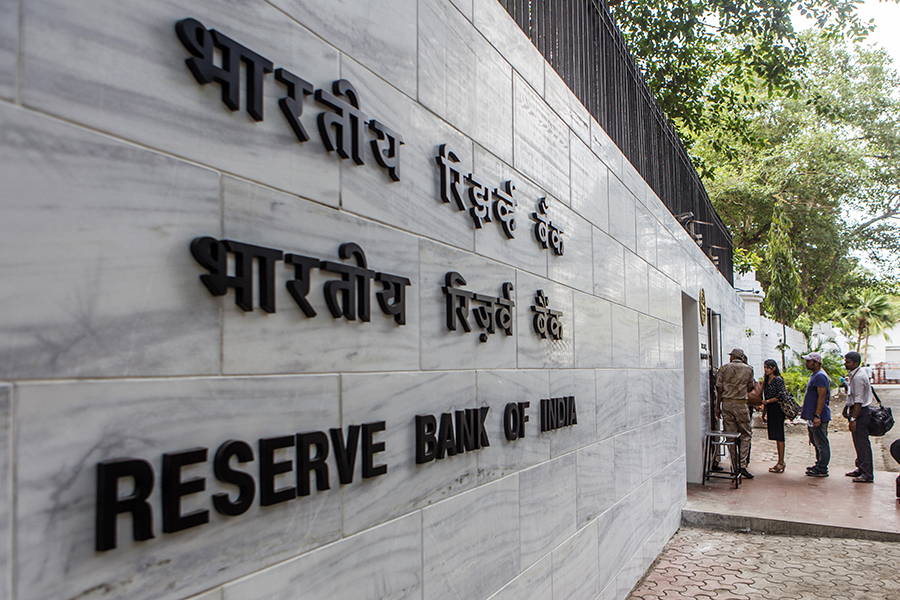
Bank stocks slide after RBI hikes cash reserve ratio
Central bank's move is aimed at sucking the excess liquidity caused by demonetisation

Image: Getty Images
Banking stocks slid in morning trade on Monday after the Reserve Bank of India (RBI) hiked the cash reserve ratio (CRR)—the amount of cash that banks have to park with the RBI—on Saturday. This move is a temporary measure to suck out excess liquidity in the banking system.
The RBI observed that there has been a surge in deposits relative to the expansion in bank credit, after the government’s move to demonetise Rs 500 and Rs 1,000 currency notes in early November. It led to thousands of people depositing funds into their accounts, leading to large excess liquidity in the system.
“The magnitude of surplus liquidity available with the banking system is expected to increase further in the fortnights ahead. In view of this, it has been decided to absorb a part of this surplus liquidity by applying an incremental cash reserve ratio (CRR) as a purely temporary measure,” the central bank said in a statement on its website last Saturday.
The RBI, in a circular, said that banks will have to keep CRR of 100 percent on incremental net demand and term liabilities (NDTL) received between September 16 and November 11, 2016. As per the RBI data, banks have approximately received incremental NDTL of Rs 3.11 lakh crore.
Parag Jariwala of Religare Capital Markets said that this additional amount, which banks have to park in the form of CRR, will not earn any interest (compared with around 5.75 percent earned in reverse repo). “This is negative for banks’ margins as well as for bond yields,” Jariwala said, in a note to clients. However, the impact on net interest margin (NIM) will be limited as loss of interest will be only on around three percent of their NDTL (Rs 3.11 lakh crore on total NDTL of Rs 109 lakh crore) which is not very high in our view, Jariwala added. NIM is the difference between the interest income generated by banks and the amount of interest paid out to their lenders (for example, deposits), relative to the amount of their interest-earning assets.
ICICI Bank fell 1.90 percent to a low of Rs 254.25 on BSE on Monday morning, from its Friday close of Rs 259.85, State Bank of India fell 1.61 percent to Rs 256.75 from its previous close of Rs 260.95. Axis Bank fell as much as 2.09 percent intraday to Rs 461.3, against a previous close of Rs 471.35.
The monetary policy committee (MPC) of the RBI will meet early December and announce their decision on December 7. Though the bank was earlier expected to lower the repo rate, it will have to evaluate the scenario a little more closely due to the uncertain global economic environment and fear of a domestic slowdown, due to a fall in consumption demand. The MPC had announced a surprise rate cut of 25 basis points in its last policy meeting in October.
Post Your Comment















